Disclosure: This review is based on our own Sony NEX-7 and lenses (bought with all the lenses in normal retail channels). Some of the shots were from a friends NEX-7. The Zeiss Tele-Tessar T* 4/85mm ZM is a loaner from Carl Zeiss USA.
Motivation
Overall we liked the NEX-5N (our field report) quite a bit for the results. We cannot say that the handling of the NEX-5N is that much fun. Here we hoped that the NEX-7 will be much improved. As of this writing the NEX-7 is out for quite some time yet hard to get. The Thailand flood destroyed Sony's factory and Sony is still recovering from it right now. We were lucky to get our NEX-7 from a friend who ordered early enough.
Sony NEX-7
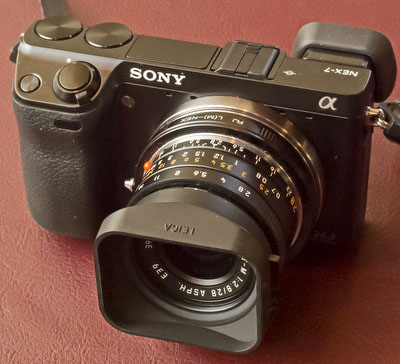
Many things are shared with the NEX-5N. We only cover features that are different.
What we like
- 24MP is not what we really wanted but it is nice to have (more on this later)
- The three dial navigation (Aperture, EV and ISO) makes handling so much better and is for us a major plus.
- Microphone input and the hot shoe (with adapter) help us with sound on video
- Build quality is nice
- Built-in EVF (about the same as the EVF for the NEX-5N)
- Peaking helps with manual focus
- We like the grip on the camera. The size is just about right.
Not so good
- Battery life is not great. With an extra battery (same as NEX-5N) it is just fine
- If the camera gets into sleep mode it takes quite long to wake up and the EVF takes even longer.
- Still no big fan of the menu system. We still cannot switch SteadyShot on/off fast.
- Mounting a tripod plate to the bottom blocks the LCD from tilting down.
- THat we need to switch the folders for video and stills in play mode is a hassle. They should show the clips and videos in the order recorded.
Wanted list
- We love the swivel EVF for the NEX-5N and it would be great to have it built-in to the NEX-7.
Notes on Image Quality
Squeezing 24MP on an APS-C sensor makes a huge difference. You have to watch for:
- ISO
- Lenses are even more critical with these tiny pixels
- Shooting style not to blur off the 24MP advantage
ISO
On the internet so many people are obsessed by high ISO ratings. Of course this is nice if it fits for your work. So far the best high ISO performance we had experienced was the the Nikon D3s (at 12MP). The pixels on the NEX-7 are so much smaller (about half the sensor size and double the number of pixels).
We wanted to check the results with some real world shots. Here is the scene we may use also in the future. We used the Zeiss Tele-Tessar T* 4/85mm ZM to be sure the lens is not the limiting factor. Shot from a sturdy tripod.
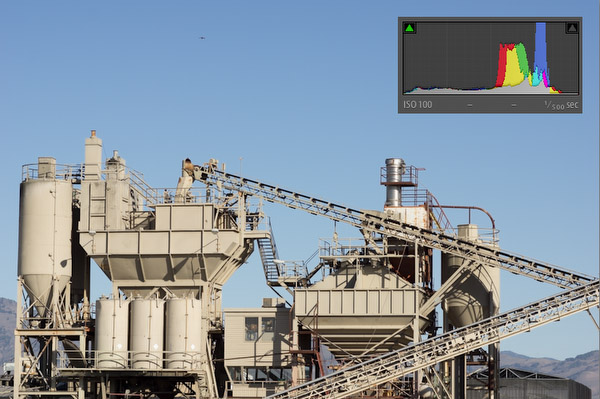
As shot with no LR4 corrections
As you can see from the histogram this is a fine exposure. We just needed to tune the highlights a bit down and open up the shadows. Opening the shadows depends on your personal choice. Once you open up the shadows you also expose more of the existing noise. None of these sample shots got sharpened. This means that after sharpening you would see the noise even stronger.
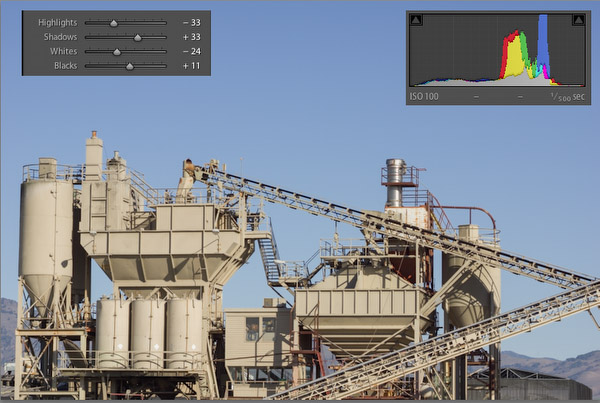
Settings we used in LR4
We show now the results from ISO 100 to 800 at 200%. Yes 200% shows more noise than you would see in any print. But you can at least visualize the existing noise. The Shadows setting at +33 will act as if you pushed the ISO in the shadows by about 2x.
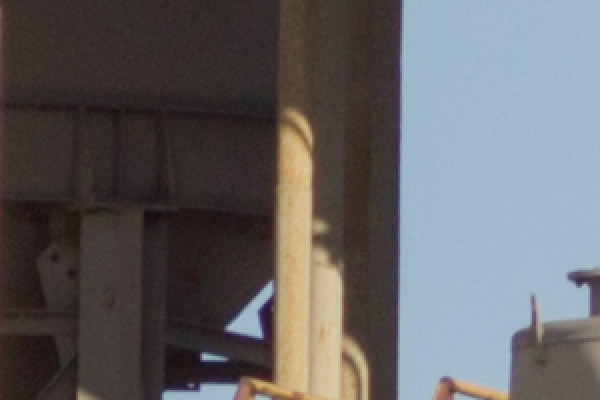
Iso 100
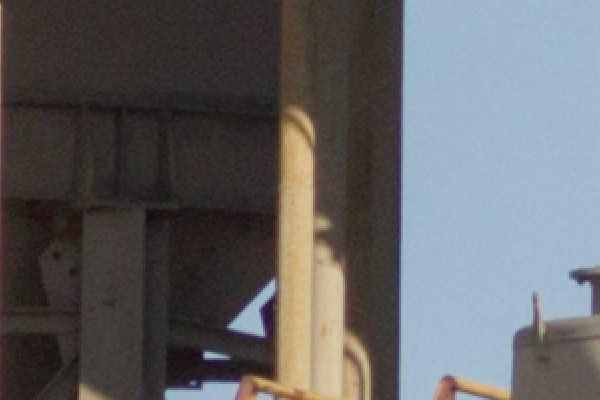
ISO 200
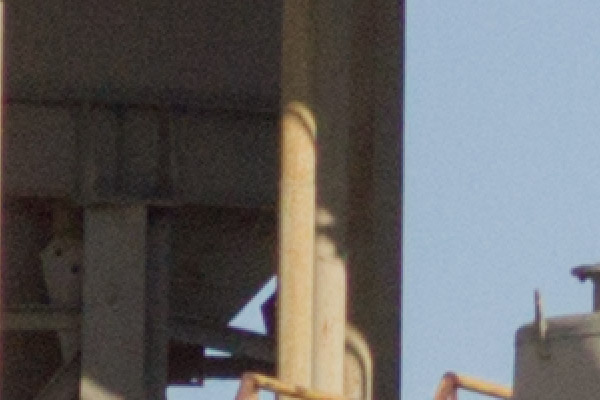
ISO 400
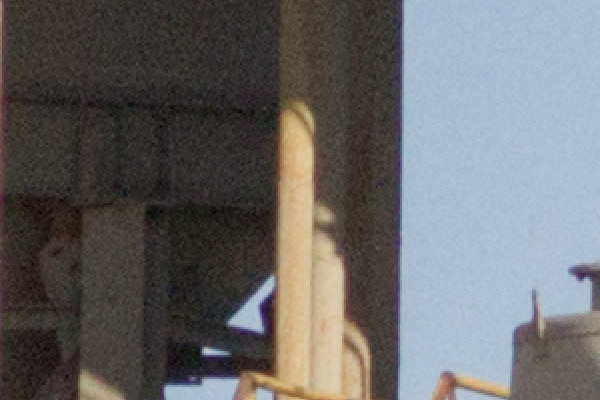 ISO 800 ISO 800
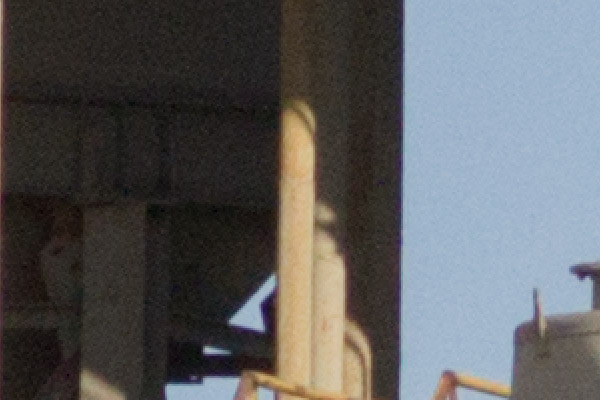
ISO 800 without shadow boost (Shadows at 0)
We added the shot without any shadow boost to demonstrate that all the discussion on noise very much depends on the scene and what you want to do with it.
At ISO 100-200 the results are very good, at ISO 400 some noise is there and at ISO 800 we find the noise too much to keep very fine details.
What does this mean for our shooting. We will try to stay at ISO 100-200 whenever we can. ISO 400 would be fine if we don't need to open up the shadows much and ISO 800 will be avoided whenever we can. Of course on low contrast scenes ISO 800 maybe just fine because there is no need to boost shadows. For optimal fine detail we will use more often our tripods.
Lenses
The lenses for the E-Mount are still a limiting factor for all NEX cameras. We heard great things about the 24mm Zeiss E-Mount lens but it is just not the angle we use often enough to justify the price. An alternative are manual focus lenses from other cameras. We used Leica and Zeiss M-Mount lenses. Here the WA lenses seem to be a problem if they follow a symmetrical design. We tried the Leica 50mm f/2 Summicron and Zeiss Tele-Tessar T* 4/85mm ZM with great success. Here is a comparison between the Sony E-Mount 18-200mm video lens and the Tele-Tessar T* 4/85mm ZM. The crop we show is at the right border of the frame.
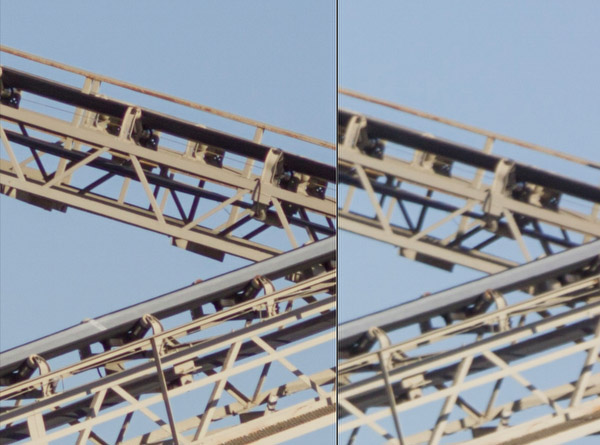
Zeiss 85mm left and Sony 18-200mm on the right
Actually we like the 18-200mm lens a lot as it is kind of amazing for such a zoom range. To no surprise the Zeiss 85mm easily holds more detail (especially off center).
We have the new Sony E-Mount 50mm f/1.8 on order and hope it delivers.
Shooting Style
We still use the NEX-7 freehand often. But this is a camera that invites to use a good tripod to keep the 24MP advantage.
Overall we like what we see and accept to stay at lower ISO limits. In the past we used with the NEX-5N Auto ISO because the ISO settings were so well hidden in the Sony menu jungle. Now with the three dial control we optimize ISO for most shots.
We wait for a top fast midrange zoom (f/3.5) and also a faster tele zoom (f/4). If you are not that much pixel peeping the 18-200mm is not bad at all.
Sample Images
Sony NEX-7 Field Test Gallery
All images below can also be found in the Field Test Gallery at full resolution. We tend to sharpen for fine detail and would not sharpen extra for prints.
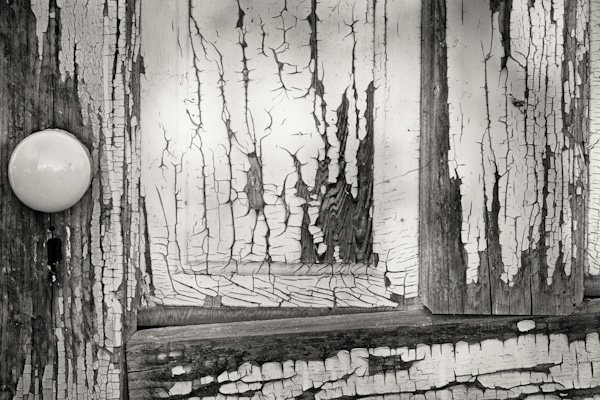
Old Door
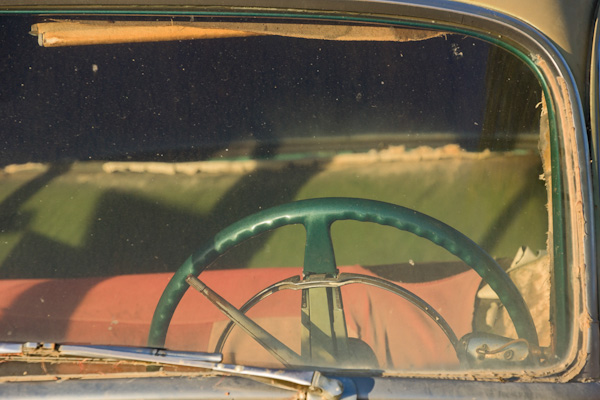
Faded Car
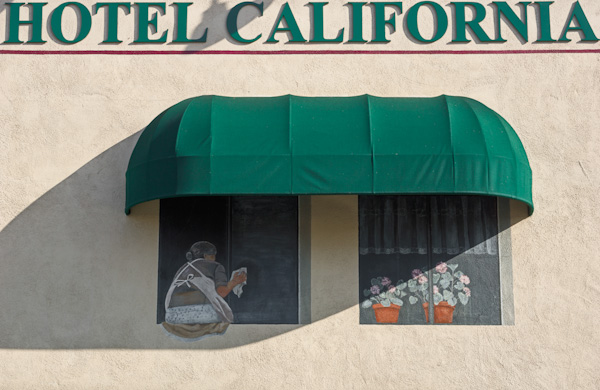
Hotel California :-)
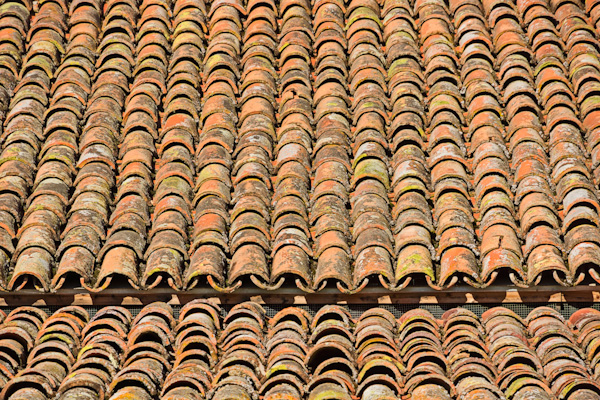
Mission Roof
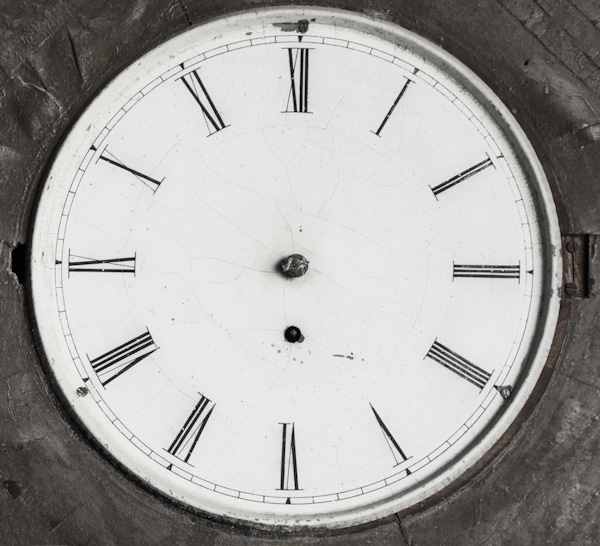
Lost Time

Lovely Cat

Zeiss 85mm at ISO 400
Video
So far we only made a few video tests with the NEX-7. We like what we found so far. Especially the 18-200mm is a very well stabilized zoom for handheld video shooting.
Best you download the video from Vimeo and play on your computer.
Conclusion
The new three dial control is how cameras should operate. 24MP from an APS-C sensor requires shooting at lower ISO if you care for fine details. The NEX-7 may also become our new standard video camera.
We like the Sony Alpha NEX-7 so much that it clearly belongs to our Recommended Gear List.
|